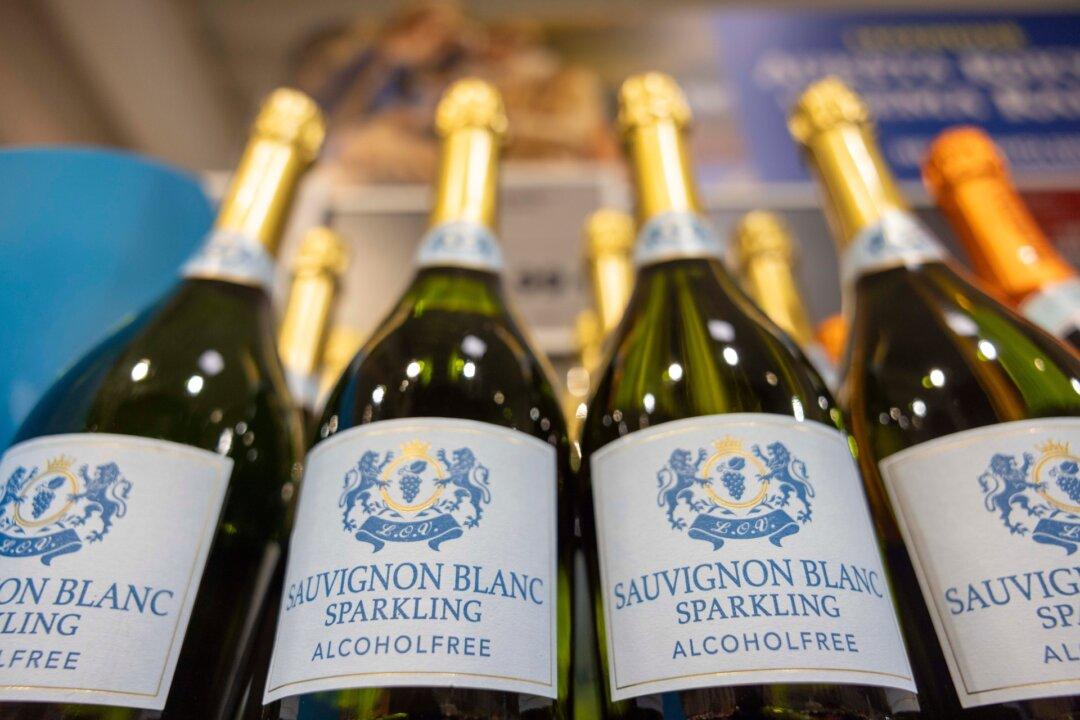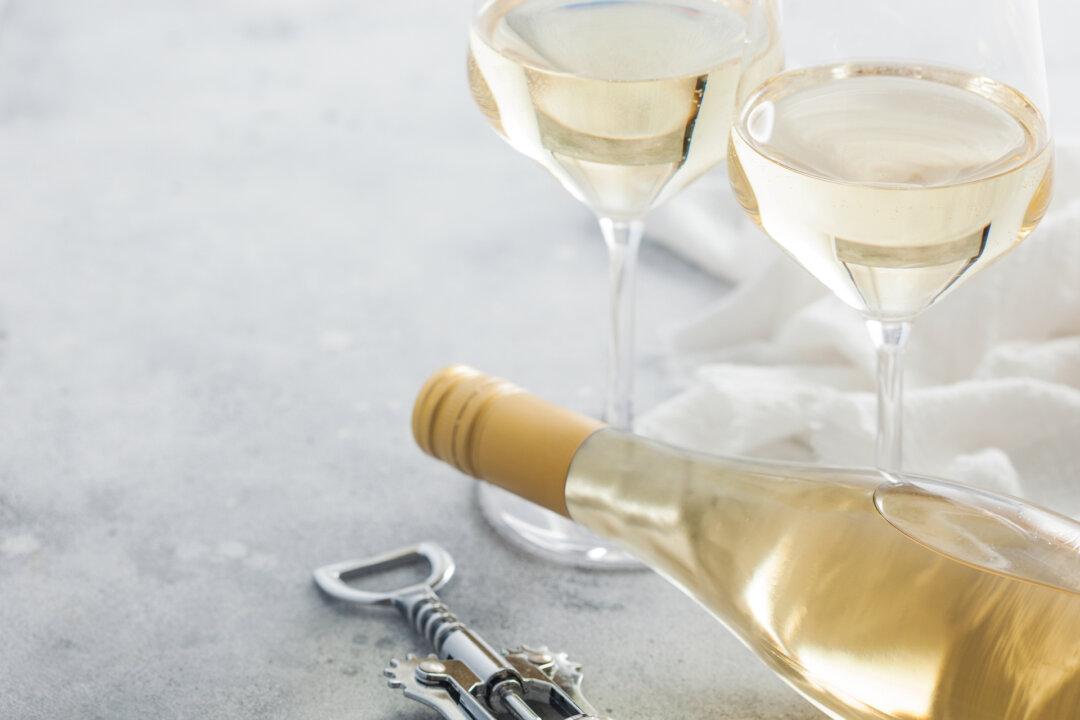You’re standing in a wine shop facing a wall of obscure (to you) Italian red wines. One sounds familiar. And the price is fair. But you’ve never heard of the wine before: Salice Salentino (sal-ee-chay sal-en-teen-oh).
A clerk is either not available or can’t tell you anything about it. Have no fear, however; help is on the way. If, that is, you have a cellphone.





